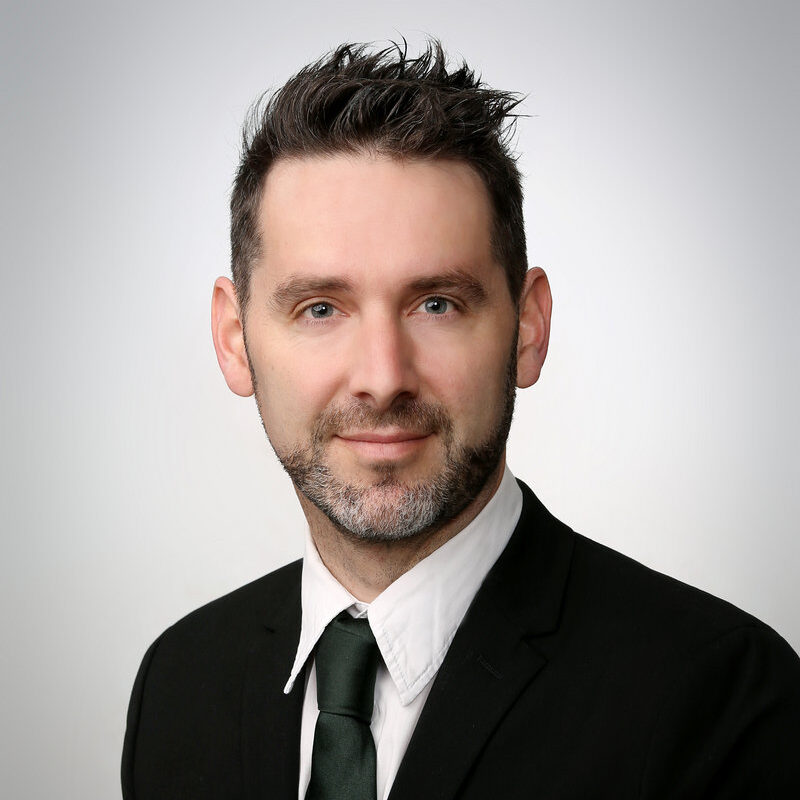By Dr. Erwan Mouazan
The concept of circular economy has been around for more than two decades, but it is only in recent years that it has gained traction as a viable economic model for businesses across various industries. As an alternative to the “take, make, waste” linear approach currently dominating market practices, the circular economy offers a promising solution to the challenges of resource depletion, waste generation, and climate change. The energy and utilities industry can benefit from this model by reducing waste and the need for virgin materials, optimizing energy use, and improving environmental performance. However, embracing and implementing the circular economy in the energy and utilities industry is not without challenge.
An increasing demand for sustainable practices
Market trends in the energy and utilities industry show an increasing demand for sustainable practices. Various organizations are taking different measures to integrate sustainability into their business model. For example, Siemens has set a target that all their production facilities and buildings worldwide are to achieve a net-zero carbon footprint by 2030. Schneider Electric uses recycled content and recyclable materials in its products, prolongs product lifespan through leasing and pay-per-use, and has introduced take-back schemes into its supply chain. Circular activities now account for 12% of its revenues and will save 100,000 metric tons of primary resources. In Enel’s “Circular Smart Meter” project, plastic and copper from old smart meters are reused in the construction of new smart meters.
Circular practices in the energy industry
Energy and utilities businesses can adopt a multitude of circular innovations to become more circular .These include energy recovery from waste – by converting waste into energy, businesses can reduce their reliance on fossil fuels and contribute to a more circular energy system; developing and implementing smart grids and technologies that optimize energy distribution and consumption, reducing energy losses and promoting efficient use; investing in advanced energy storage solutions like batteries to store excess renewable energy for later use, reducing energy waste.
A systemic shift is needed
The circular economy paradigm requires a systemic shift in the way businesses operate, from product design to supply chain management to end-of-life disposal. To achieve this shift, cross-industry collaboration is necessary to share knowledge, expertise, and best practices. For example, the energy industry can collaborate with the waste management industry to develop innovative solutions for waste-to-energy conversion, as exemplified by Westenergy, a Vaasa-based local circular economy forerunner. This kind of collaboration can help businesses reduce their reliance on fossil fuels and contribute to a more circular energy system.
In terms of expertise, the circular economy requires a multidisciplinary approach that combines technical, economic, and social knowledge. First, businesses need to have a deep understanding of the environmental impact of their operations (expertise in energy efficiency, waste reduction, renewable energy technologies). Second, the economic expertise needed relies on circular business model innovation capabilities, such as energy-as-a-service business models or closed-loop supply chains.
Third, businesses also need to understand the social benefits of adopting circular practices, such as improved community relations, increased customer loyalty, and enhanced brand reputation. This includes expertise in stakeholder engagement, social impact assessment, and sustainability reporting. To make this shift, a cross-disciplinary approach in which experts from different disciplines (engineering, design, finance, marketing, and policy) develop innovative solutions for the circular economy is needed.
The circular economy offers a promising solution to the challenges facing the energy and utilities industry. By embracing this economic model and adopting innovative solutions, organizations can reduce their environmental impact, improve their bottom line, and contribute to a more sustainable future. Is your company future-fit?

About the author:
Dr. Erwan Mouazan is a post-doctoral researcher in the School of Marketing and Communication at the University of Vaasa, Finland. His research broadly focuses on sustainable business model innovation and circular ecosystems. He is originally from France and moved to Finland after 10 years working as a sustainability consultant in Brussels. Dr. Mouazan received his PhD in Marketing from Vaasa University in 2019. His dissertation focuses on circular economy business models.


